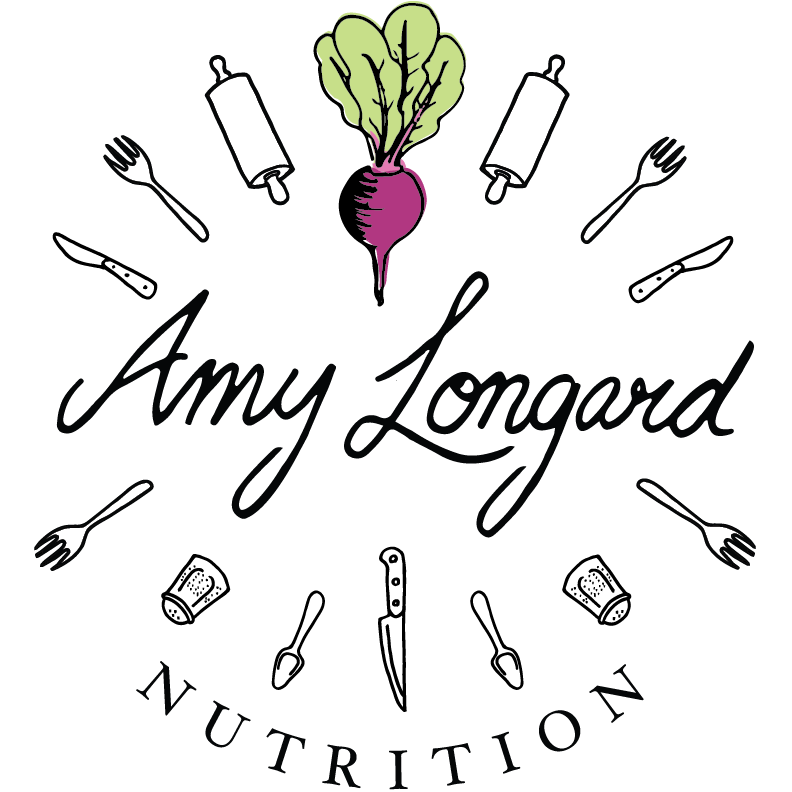Swiss Chard, Quinoa & Red Lentil Soup
Three words I would use to describe this soup: simple, nutritious and satisfying. It’s a recipe I’ve been sharing with clients and making at cooking lessons for ages. Most recently I made a batch and shared a photo in my Instagram stories and I received so many requests for this recipe! So here we are! It’s officially live on the blog.
Just a few notes before diving in! Firstly, I used swiss chard this time around, but I’ve also used kale and collards with great success. I also strategically included turmeric and ginger as I’m always trying to find ways to incorporate these anti-inflammatory superstars into my cooking. I must mention that while this is a soup, it really does hold up as a meal on its own. Between the red lentils and quinoa, you’re getting a really nice portion of plant-based protein. The complex carbohydrates from the potatoes will keep you full longer. Plus, it’s a one-pot wonder and it freezes well. Wins all around with this soup!
Scroll down to get the full recipe! If you try it out, please let me know. I truly appreciate getting your feedback on my recipes.
SWISS CHARD, QUINOA & RED LENTIL SOUP
Makes 4 to 6 servings
Ingredients:
1 tablespoon olive oil or coconut oil
1 yellow onion, diced
2 medium carrots, chopped into small pieces
2 ribs of celery, finely chopped
1 bunch of swiss chard, stems roughly chopped, leaves ripped or chopped into bite-sized pieces
4 cloves garlic, minced
1½ teaspoon ground cumin
½ teaspoon ground ginger or 1 tablespoon fresh ginger finely minced
½ teaspoon ground turmeric or 1 tablespoon fresh turmeric very finely minced
1 - 2 teaspoons sea salt, or to taste
2 medium potatoes, washed and chopped into bite-sized pieces (If organic, no peeling required!)
1 cup red lentils
½ cup dry quinoa, rinsed and drained
8 cups water
Freshly ground black pepper
Directions:
Warm the oil in a large pot over medium heat. Sauté the onions, carrots, celery and chard stems until tender, about 8 minutes.
Add in the minced garlic and sauté another minute, just until fragrant (if using fresh ginger and/or turmeric add it with the garlic). Add in the cumin, dried ginger, dried turmeric, salt, potatoes, lentils, quinoa, water and bring the soup to a boil. Once boiling, lower the heat and cover the pot to let everything simmer until the lentils are tender, about 20 minutes.
Once the lentils and vegetables have softened, stir in the chopped chard leaves and cook until they are wilted, just a few minutes. Season with additional salt, if desired, and serve warm with freshly ground black pepper. If you like a little heat, try adding chili flakes or a hot sauce of your choice.
Leftovers can be stored in the fridge for up to 4 days or frozen for about 2 months.
If you enjoyed the recipe I shared above be sure to check out my Plant-Based Breakthrough program, which is a crash course in plant-based health, nutrition, and meal planning. For details about the program click here. You can also join the Plant-Based Breakthrough Community on Facebook where I share recipes, inspiration, and information on plant-based nutrition.









